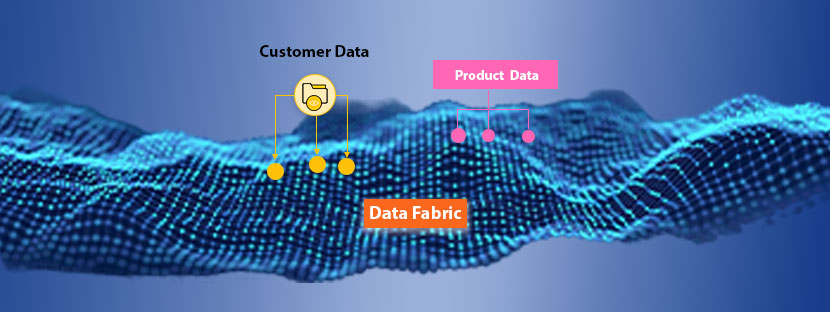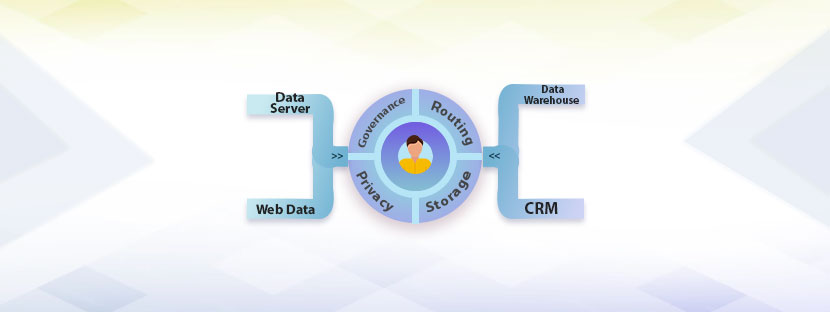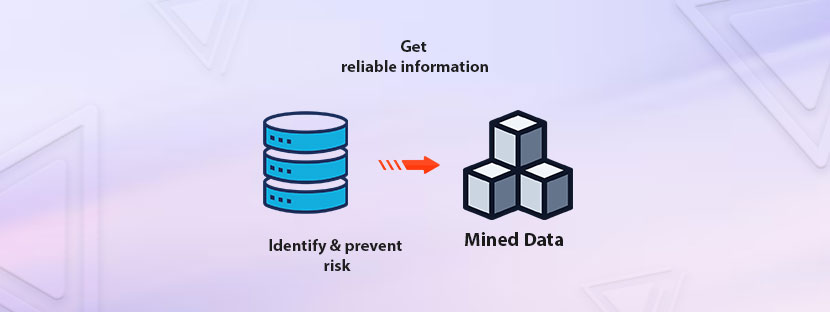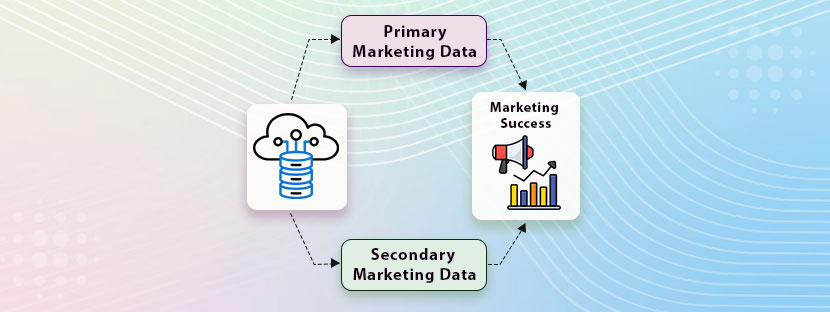In This Article
How does your business manage huge chunks of data every day? Does your business apply clustering in data mining process to ease the task? Well, clustering makes the data management and assessment process easy as it distributes the data into various segments. Using the clustering process, the time to accomplish the task of data processing will be reduced.
Isn’t identifying the similarities between various datasets satisfying? Businesses also find similarities and dissimilarities when it comes to assessing massive datasets. They follow a precise method that we all know as the clustering process. However, outsourcing plays an important role that helping businesses to have segmented datasets. You can outsource data mining services to make the data clustering process faster.
What do you do first when you are asked to solve a puzzle? Don’t you start by segmenting the puzzle pieces into shapes and colors? Clustering of data follows the same technique but in a more accurate form. Thus, clustering helps to distinguish different identical datasets and makes the data processing and data management task easy.
Besides these reasons, there are a lot more ways clustering in data mining helps businesses. Therefore, this blog aims to show how clustering works by detailing the best techniques and applications.
Let’s start!
1. What is a Data Clustering?
The universe has infinite information which only some parts we know. Identifying the similarities as well as differences helps us in knowing the known things of the universe. Just like the universe of things, businesses collect gigantic volumes of data for their needs. Here, clustering as a method helps businesses to make separate groups of information.
Based on common characteristics, businesses divide information into different groups and create categories. Therefore, clustering is a professional approach to segmenting similar sets of information into one group and making the data management task easy. Hence, segmenting information into different categories helps to run digital ad campaigns and other vital tasks.
2. Explaining Clustering in Data Mining
In data mining, clustering as a technique helps to create groups of similar data points. Based on the similarity of characteristics and features, clustering helps to create different data points. With clustering, you can create groups of datasets, which have similar characteristics. After creating the group, one group will be uniquely identified from the rest clusters.
Typically, clustering is an unsupervised learning methodology that aims only to identify similar patterns. Clustering divides groups into separate elements without having accurate knowledge of the group definition. Further, the clustering algorithm aims to identify the maximum similarity and minimize differences between groups.
3. Objectives of Data Clustering
Clustering as a process has wider applicability than other segmentation processes. This method is hugely famous because of its simplest procedure. Besides simplicity, clustering also eliminates issues during the assessment time. Therefore, you can go with clustering in data mining procedure without any further complications.
For instance, in an in-depth assessment, you need proper and similar datasets for an accurate outcome. Therefore, data mining and customer clustering segmentation of the dataset is essential here and hence clustering of the dataset will help here.
You can cluster the datasets into different groups, with the following three steps;
3.1 Identifying
The first step of clustering the data initiates from identifying the datasets. You must know properly what you are dealing with in this case. The task of identifying the datasets with similar attributes is not easy. You need to have a clear understanding of the datasets and then map out the exact thing.
Besides mapping, you can also use patterns to identify the similarities between different datasets. Hence, the process of clustering in data mining will not end just after identifying the patterns. The next step, which is the assessment will start then.
3.2 Assessment
You may be wondering why there is an assessment step needed here. Well, only identifying the pattern will lead to confusion in the later stage therefore you need a proper assessment mechanism for that. Thus, the data mining and customer clustering assessment process at this stage will make the data clusters more focused and specific.
The assessment process must be very simple and convincing without any errors. Therefore, it will make the clusters more accurate and specific as it requires a clear in-depth assessment process. With a focused cluster of datasets, you can easily identify patterns in the datasets, which will ease your data mining assessment process.
3.3 Strategy
Lastly, after having a focused data cluster, you need to frame your strategies for your data assessment requirements. You can adopt different strategies for different clusters and prepare actionable goals accordingly.
4. Types of Clustering Business Require
In normal circumstances, businesses make clusters of their essential things for better assessment. Clustering of clients and product clustering in data mining are the most common two things that every business does. However, in the digital realm, the clustering of data is far more essential than the rest two. But why do businesses cluster their essential things? It is simple – it helps to manage the business operation better and guides the business in the right direction.
4.1 Client Clustering
Client or customer clustering is simply distinguishing customers according to their behavior, preferences, and values. Hence, the process of data mining and customer clustering involves intangible variables also include customer opinions, business context, etc.
4.2 Product Clustering
Take the example of eCommerce businesses where products are the soul and heart of the business. Therefore, these companies rely on product clustering techniques to handle their products more assertively. Besides that. they cluster data based on customers’ income level, consumption habits, age, religion, etc.
5. Application of Clustering
The application of clustering in data mining has multiple dimensions. Thus, companies across the globe widely utilize the clustering method for various applications. Some of the main applications of clustering data have been detailed below.
5.1 Image segmentation
Clustering helps in segmenting images into various regions according to their pixel values. How does image segmentation help? Well, it helps in various operations like image compression or object recognition, etc.
5.2 Customer segmentation
To initiate targeted marketing campaigns, you need customer data with proper attributes. Here, clustering helps in segmenting customers into various groups based on similar attributes. Therefore, you can target customers specifically for different purposes with proper marketing aims.
5.3 Clustering in Data Mining of Texts
Text mining helps in making summarizing documents, modeling topics, and other tasks related to content moderation. Clustering of textual data and data mining efforts help in mining texts and aid in textual assessment.
5.4 Biological Data Analysis
In the medical field, clustering in data mining is doing wonders with its amazing applications. It helps in identifying gene patterns, similar characteristics, or patterns of proteins, which aims in disease diagnosis.
5.5 Anomaly Detection
Finding anomalies from a large dataset is a challenging task; however, clustering helps here in doing so. It helps in detecting the deviance from the datasets that follow significantly different behavior. Detection of anomalies in datasets and removing them helps drive accurate results.
6. Examples of Clustering
Clustering of data sets is a useful method across many areas, helping find patterns in information. Imagine you have a store, and you want to understand your customers better. Therefore, the result of data clustering can group customers based on how they buy things or where they live. This will help you make targeted plans for marketing to different customer groups.
6.1 Image Segmenting
In images, clustering is like putting similar pixels together. It’s like when you look at a photo and see things grouped – maybe all the sky pixels in one group, and all the grass pixels in another. The data mining efforts are useful for computer vision tasks like figuring out what’s in a picture or making images use less space. Besides, iImage clustering in data mining helps in developing OCR (Optical Character Recognition) devices.
6.2 Detecting Anomalies
Anomaly detection is another cool thing clustering does. Think of it like finding strange things in a big set of data. For example, if you’re looking at how many people visit a website each day. Therefore, clustering helps notice when there’s an odd day with way more or fewer visitors than usual. It’s like a data detective, finding unusual stuff.
6.3 Tailoring Healthcare Facilities
In healthcare, clustering helps doctors understand patients better. It groups patients who are similar based on their health info. Hence. this can help doctors create plans that are just right for each group of patients. It’s like tailoring healthcare to fit different groups of people.
6.4 Managing Documents
Imagine you have many documents, like articles, files, or papers. The result of data clustering can help organize them. It groups documents that are alike, making it easier to find what you need. It’s like having a library where books on similar topics are all together. All clustering techniques in data mining aim to do these tasks.
6.5 Genomic Research
Genomics, or studying genes, also benefits from clustering. It groups similar genes, helping scientists understand them better. Genes clustering in data mining is like putting genes into groups based on what they do, making it simpler to study. Moreover, these types of clustering in data mining are helping medical science to go the extra mile.
6.6 Clustering in Data Mining for Social Media
Social networks, like Facebook or Twitter, use clustering too. It groups similar people, maybe because they have similar friends or post about similar topics. The data mining efforts help social media sites suggest friends or show posts that you might like, making your experience more enjoyable.
6.7 Detecting Frauds
Fraud detection is a bit like catching sneaky behavior. Clustering can group transactions based on how they look, helping to find ones that don’t fit in. It’s like having a system that spots strange activities in your bank transactions, keeping your money safe.
6.8 Aiding Matkring Campaigns
Web mining aids in governmental decision-making processes. Government agencies can analyze online data to understand public sentiment, identify emerging issues, and make data-driven policy decisions. This promotes transparency and responsiveness in governance.
6.9 Weather Forecasting
The result of data clustering is handy in understanding climate patterns. It groups regions with similar weather, helping climate scientists predict things like rainfall or temperature changes. It’s like seeing which areas have similar climates, making it easier to plan for different weather conditions.
7. Clustering Techniques in Data Mining
In the realm of data analysis, you can find different techniques for clustering the datasets. Each technique of clustering has its strengths as well as weaknesses. However, overcoming the weaknesses with the strengths is your priority when you apply these techniques to cluster your datasets. Besides that, all these types of clustering in data mining have uniqueness. Let’s find out some of the commonly used clustering techniques here;
7.1 Hierarchical Clustering
In hierarchical clustering, merging small clusters into a bigger cluster happens. Also, the technique splits clusters into smaller portions, in a top-down version. This technique does not need any pre-defined number of clusters to build a tree-like hierarchy.
7.2 K-means Clustering
The most common technique of clustering in data mining is K-means clustering. In this technique, a division of data points into different groups persists. The word “K” defines here a pre-defined number. Besides that, this technique focuses on making the datasets positioned in the center. It will minimize the square distance of each data point and assign the K cluster in the centroid position.
7.3 Model-Based Clustering in Data Mining
As the name suggests, this technique of clustering assumes a model to cluster the datasets. It works best in probabilistic models to make clusters of data. This technique aims to identify some model parameters that suit the data points better under different models.
7.4 Density-Based Clustering
To identify the high density in the data space, the density-based clustering technique has no substitutes. This technique specifically identifies the density between data spaces and points out datasets that do not have any high-density regions. Hence, it simply considers low-density points as noise and defines them as outliers.
Therefore, choosing the best clustering techniques in data mining will help you ease the process. Further, you can have segmented datasets for the final assessments and reach conclusions with these types of clustering in data mining process.
Clustering is like a helpful friend organizing things for you. Whether it’s understanding customers, or finding patterns in pictures or anything, it performs everything. Therefore, the process of clustering in data mining is versatile and robust. It makes sense of the vast information we have in our digital world. Nowadays, companies rely on outsourcing for all their data cluster mining needs.











